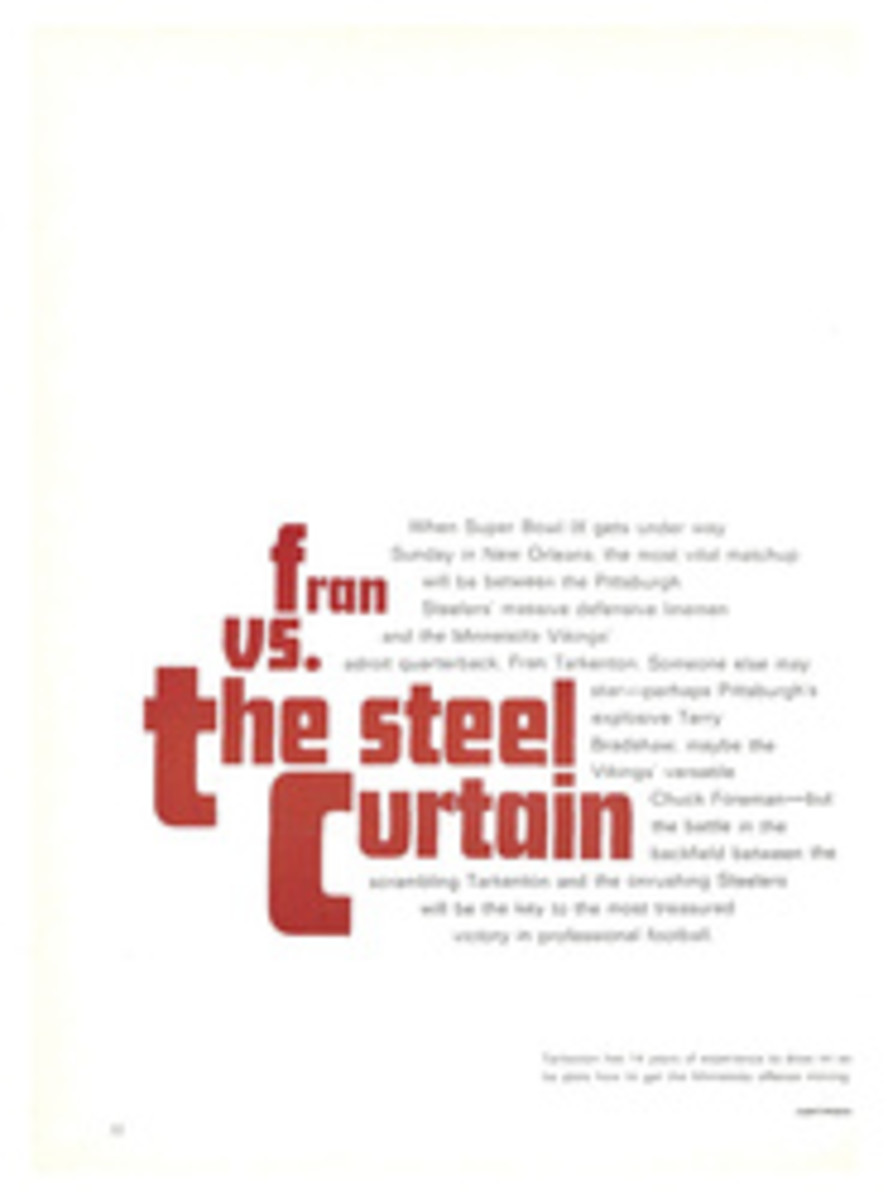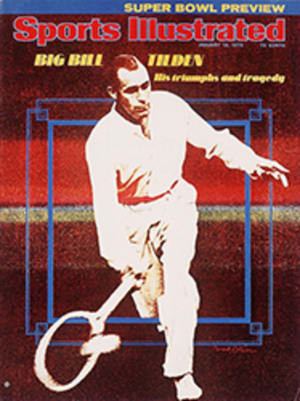
On the trail of the singular ski
Mike Doyle was once the Great Kahuna, Surfer Number One. He was a cult hero; Surfer magazine's poll named him the world's best in 1955 and 1956, and he was closing in on his life's goal: "I'm going to live on the beach at Malibu, collect Coke bottles for a living, and surf every day." That was the old Doyle. The new one is more mature, businesslike and a skier of considerable note. Well, except for one nagging thing. He's booming along on one ski, and it looks suspiciously like a mini-surfboard.
This contraption is not calculated to revolutionize skiing, just stir it up a bit. With both boots locked onto his monoski, Doyle makes it look easy, showing what appears to be a flawless parallel technique, particularly while planing through deep powder and rising up in great wheeling leaps.
In the six years or so that he has been working to perfect his invention—and never failing to draw a crowd—Doyle has discovered both the good and the bad news about it. The ski is best in powder snow and on the loosely crumbling surface that skiers call crud. It is least effective on ice and hard pack. Because of its larger surface, the monoski rides powder beautifully and planes higher than two skis. On crud, Doyle claims, it reduces the perils; crossed tips at 40 mph can be shattering. And since the single ski is far easier to turn than two skis—one edge creates less resistance and carves a sharper path than two—it can be maneuvered more readily. Still, there are easier feats than standing up on a monoski after falling. Doyle is working to improve the quick-release bindings.
Skiing the single ski is really an extension of Mike Doyle's surfing style. "The racers are the heroes in skiing," he says. "The big thing has always been the fastest route down the hill. But I take the more esthetic approach. I go up the wall of a snowbowl as high as my speed can take me. Then I swerve down and go up the other wall, like riding up and down a wave. With this ski you look for the contours—the bumps and the lumps, maybe a big rock to jump over—and it's safe."
As a boy in Los Angeles, Doyle also sought the esthetics. He virtually lived year-round at Malibu Beach, though it was 10 miles from his home. They called him Malibu Mike. His hero was a guy who lived on the beach in a palm-frond shack and ate hot dogs every night. He was known as Tube Steak. "You could do that then," Doyle says. "I thought that was the way to live, and I still do." Two months after graduating from high school, Doyle went to Hawaii, to the big waves on the north shore of Oahu, and stayed until his money ran out.
In late 1968 he returned from Hawaii and spent the winter skiing and developing the idea of a single ski. Finally he "threw one together in three days," using surfboard materials—fiber glass, wood and foam—and took it up on California's Mammoth Mountain. About 40 people followed him, pointing and laughing, and Doyle says, "I felt that something big was about to happen." The ski was transparent, and Doyle could look down and watch the snow flash by beneath it. He could also look down and see the fiber glass start to shatter. As if that wasn't enough, the tail kept sliding out. Still, Doyle figured the concept was working.
An engineer and surfboard manufacturer named Bill Bahne agreed, and the two began experimenting, Bahne at the drawing board, Doyle on the snow at Jackson Hole, Wyo. The area offered the most challenging conditions: there were great canyons with almost vertical walls and rounded bottoms, their tops offering wind-carved overhangs and cornices. Doyle would shoot down one wall at 40 mph, then rocket up the other and, he claims, hit the cornice with so much G force that sometimes his head was level with his feet. "You'd never put yourself in that radical a situation on two skis," he says, "but irregularities in the snow didn't affect me."
One January morning there was so much fresh powder snow that skiers were pushing themselves chest-deep down one of Jackson Hole's steepest expert trails. Doyle leaned back on his ski and started planing. He porpoised onto and under the surface. He leaped into the air. Everybody wanted a single ski that day.
Soon, Doyle hopes, everyone will have one. Doyle and Bahne have just started production. Their first board, "the hot-dogger model," is 185 cm. long and goes for $200. Doyle has a sales plan. He wants to set up a single-ski racecourse in one of Sun Valley's famous snow-bowls. "I can't go through a regular hard-pack course—slalom or downhill—as fast as a pro skier," he says, "but I can make a course where the single ski is superior. It will use all the angles—up one wall past a flag near a cornice, back down into a gully, then up the other side, around another flag and down and up another wall, over the lip and around still another flag and finally a turn to come back into the gully. You know, something like that."
An entrepreneur, an inventor, a salesman—it seems there is little left of Malibu Mike. Then again, maybe not. Really, only the shape of the wave has changed.
PHOTO
PHOTO
MIKE DOYLE (RIGHT) WITH A MONOPAL

